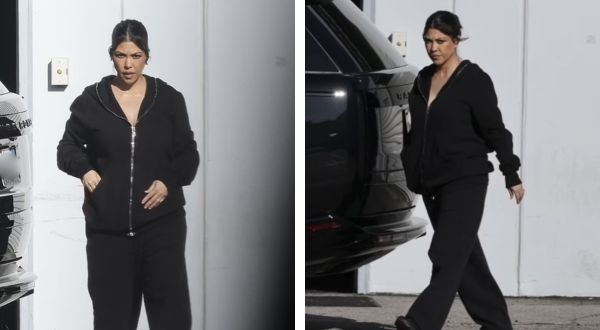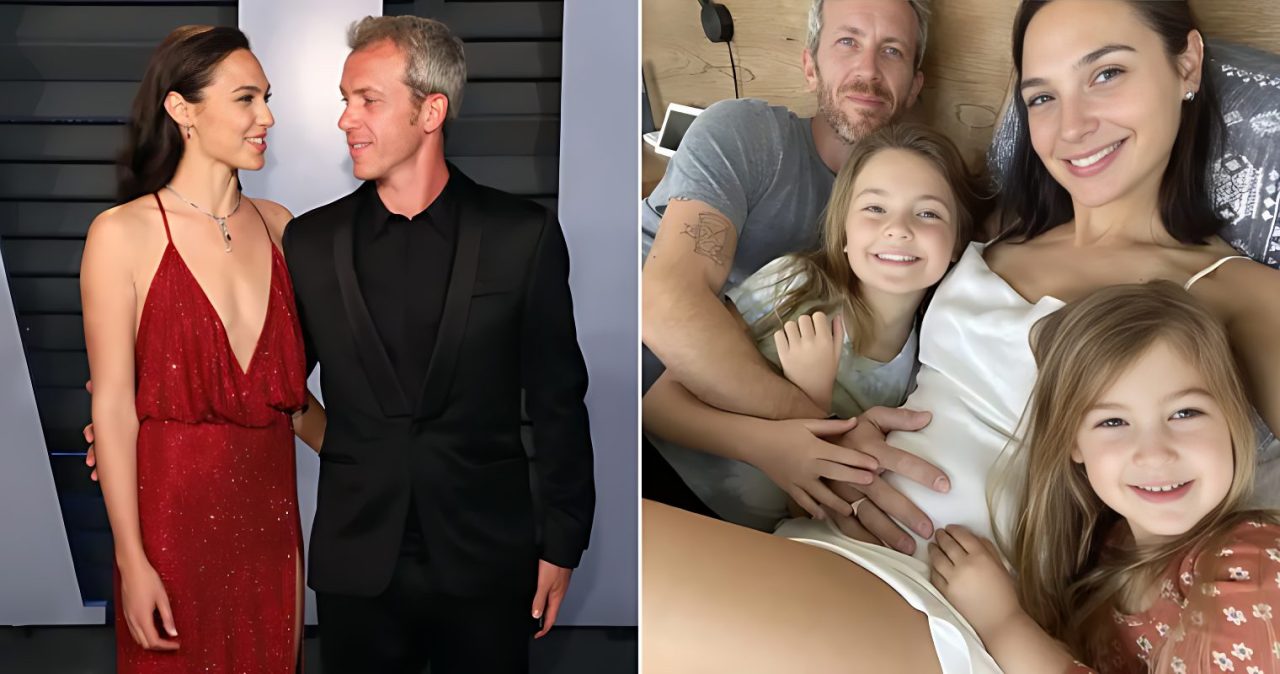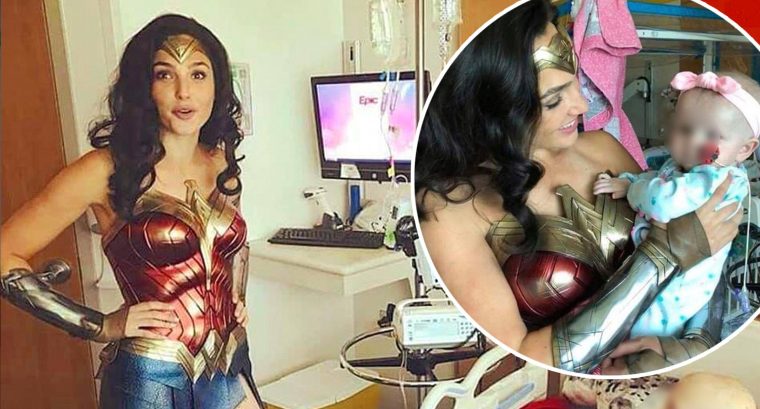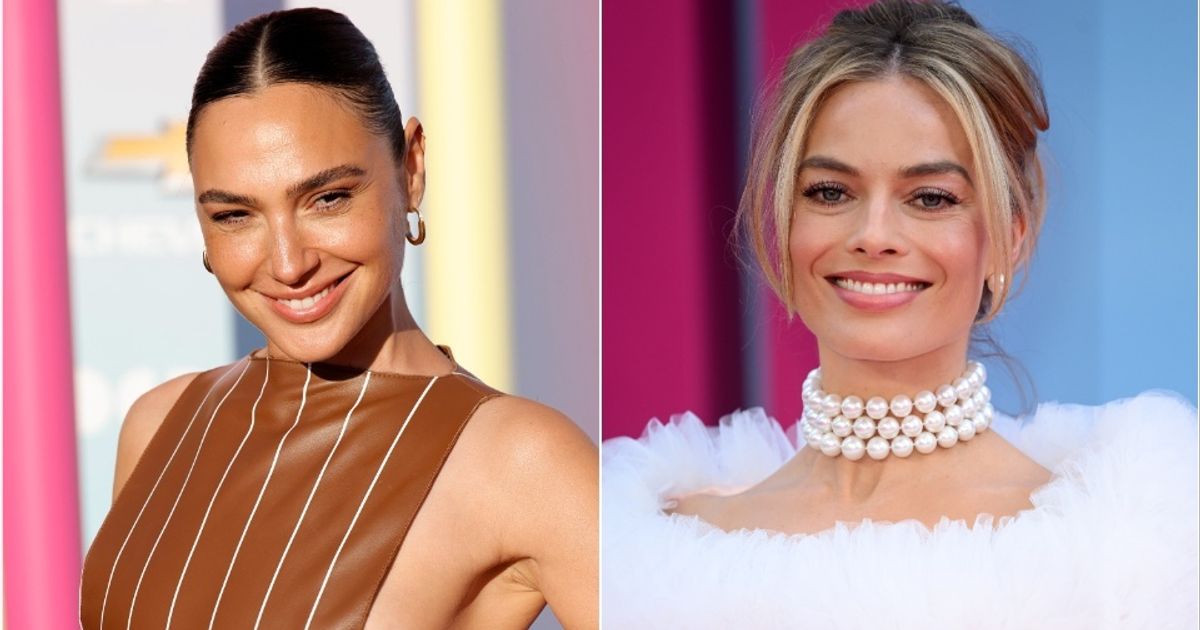While the MCU’s Phase Four has had a shaky response from fans and critics, it went out on a high note thanks to Black Panther: Wakanda Forever and The Guardians of the Galaxy Holiday Special. Phase Four suffered from the burden of exceedingly high expectations, condensed time frames — having released 18 projects in only two years — and a growing fatigue for franchises like the MCU. However, from its start with WandaVision to the very end, Phase Four had a lot worth celebrating, including, importantly, the official incorporation of mutants.
Most predominantly, Ms. Marvel and Wakanda Forever fully solidified their arrival in the MCU, with both the reveal that Kamala Khan is a mutant instead of an inhuman and the introduction of Namor, Marvel’s first mutant, respectively. More are on the way, namely Sabra in Captain America: New World Order and the new dynamic duo of Deadpool and Wolverine in Deadpool 3, which will likely be the most significant push toward the X-Men. However, not all mutants are or have ever been X-Men team members. These mutants in particular all have stories and relations outside the classic mutant formula on other major teams and would thus be great additions to the ever-expanding MCU.
Namorita
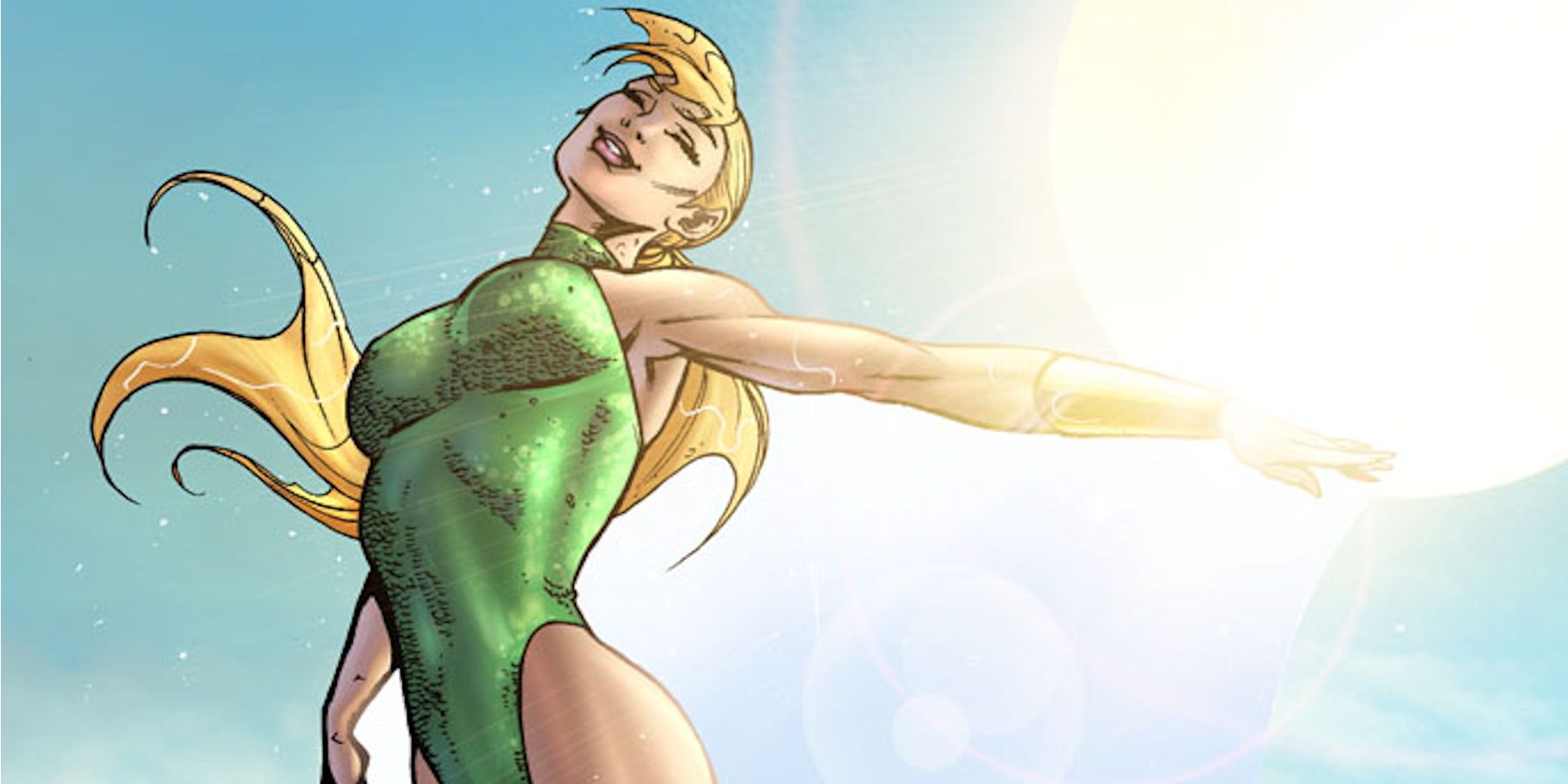
It’s appropriate that in Wakanda Forever, Namor gets to be the first character in the MCU to signify himself as a mutant, as he was one of Timely Comics’, Marvel’s predecessor, first characters in 1939. He shares his Atlantean-mutant heritage with Namora — although she’s not defined as such yet in the MCU — and her daughter, the aptly-named Namorita. She is truthfully a genetic clone of Namora with the same ankle wings as her and Namor. Namorita can also change her skin color at will for camouflage and she secretes a paralyzing toxin.
While the cinematic distribution rights for Namor might restrict him from getting the Namor film he deserves and many fans want, he and Talokan will surely return to the big screen and Disney+ in the future. Namorita can join the MCU with other Atlantean characters from the comics, but her journey could lead elsewhere. She is a storied member of the New Warriors, a ragtag team of young superheroes, so they could very well find their way into the MCU.
Klara Prast
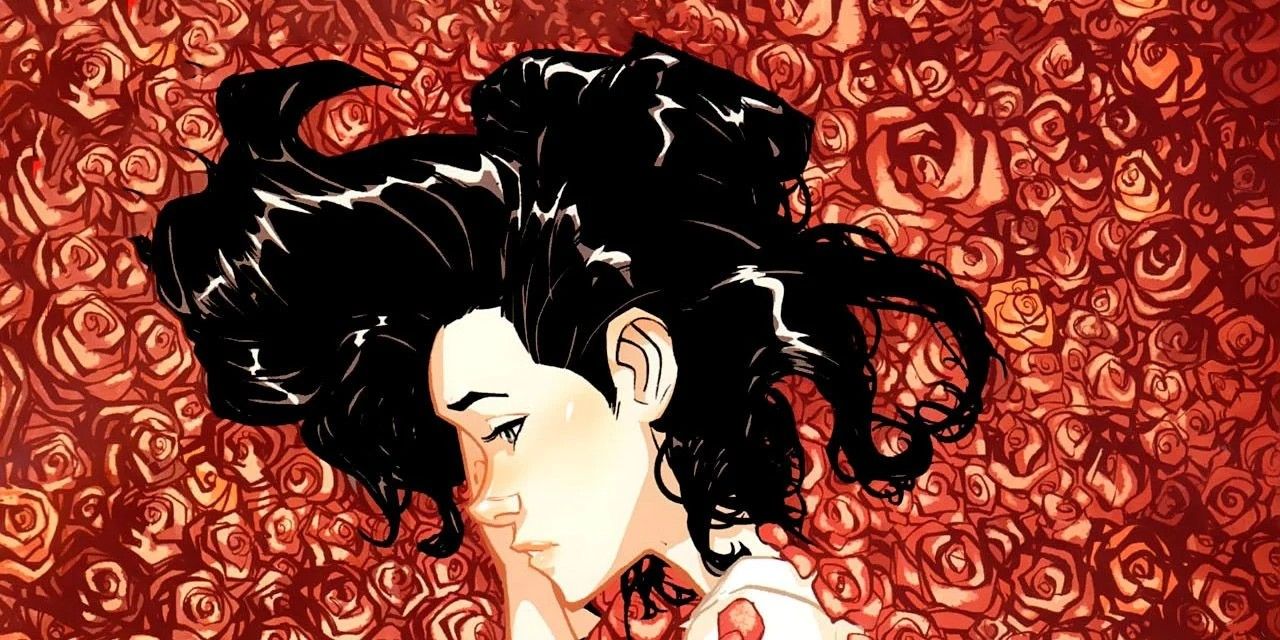
Crucially, Phase Four saw the return of Charlie Cox’s Daredevil and Vincent D’Onofrio’s Kingpin from Netflix’s Daredevil, which has reignited hopes that other Marvel Television characters will find their way back into the fray. Among those worth reintroducing, the Runaways rank highly. The Runaways on Hulu featured the classic team of Nico Minoru, Alex Wilder, Karolina Dean, Chase Stein, Gertrude Yorkes, and Molly Hayes — the latter of which is a mutant in the comics. Another mutant team member who, unfortunately, wasn’t incorporated was Klara Prast.
Darkstar (Laynia Petrovna)
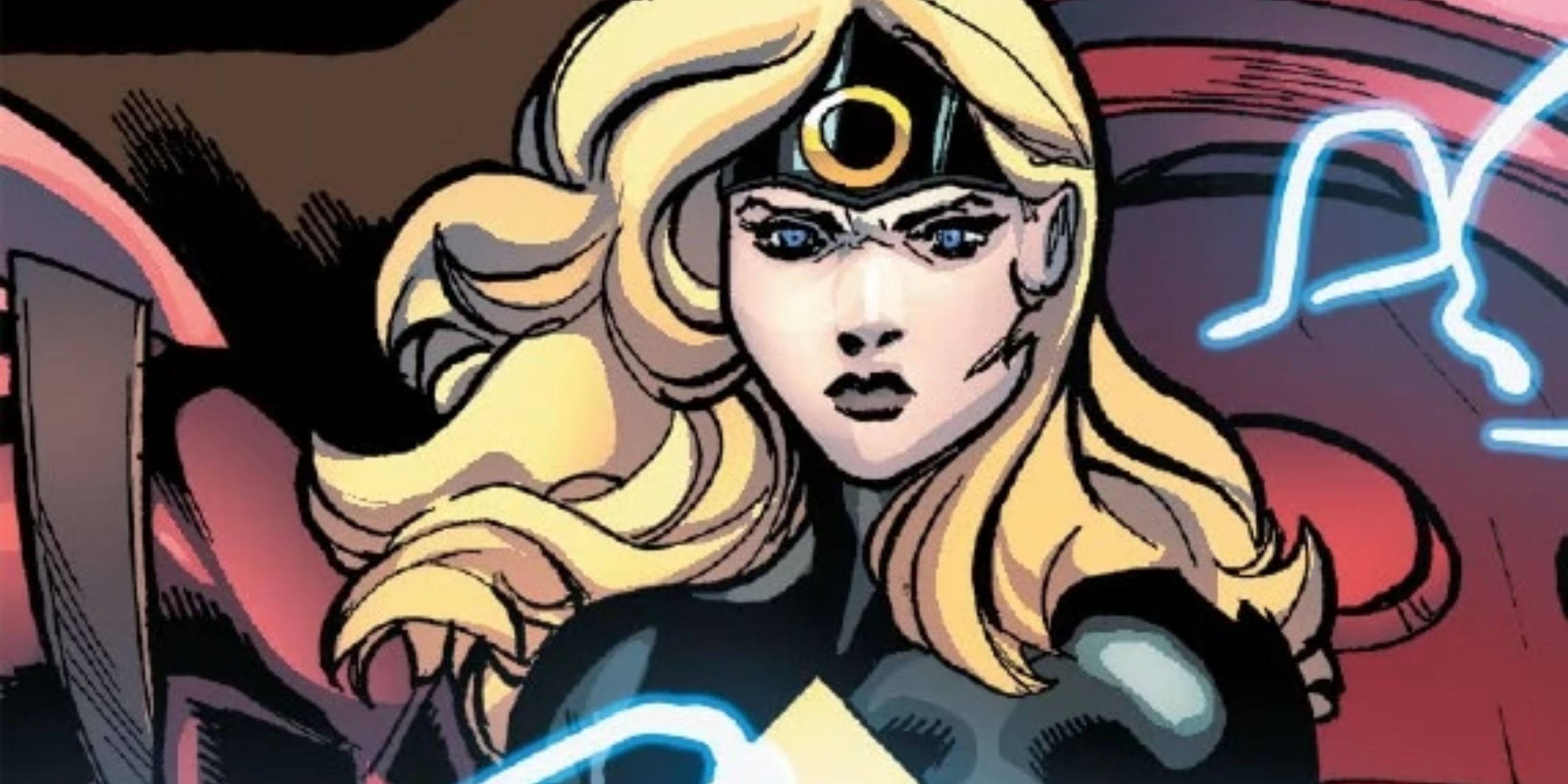
Black Widow actually introduced the first mutant character in the MCU, though, cleverly it’s not someone casual fans would recognize as they were using their powers. Olivier Richters played Mikhail Ursus, a prisoner with Red Guardian, who is better known as Ursa Major, notable for his ability to transform into a bear. They are both members of a Russian super-team, the Winter Guard, with another mutant, Darkstar.
Justice (Vance Astrovik)
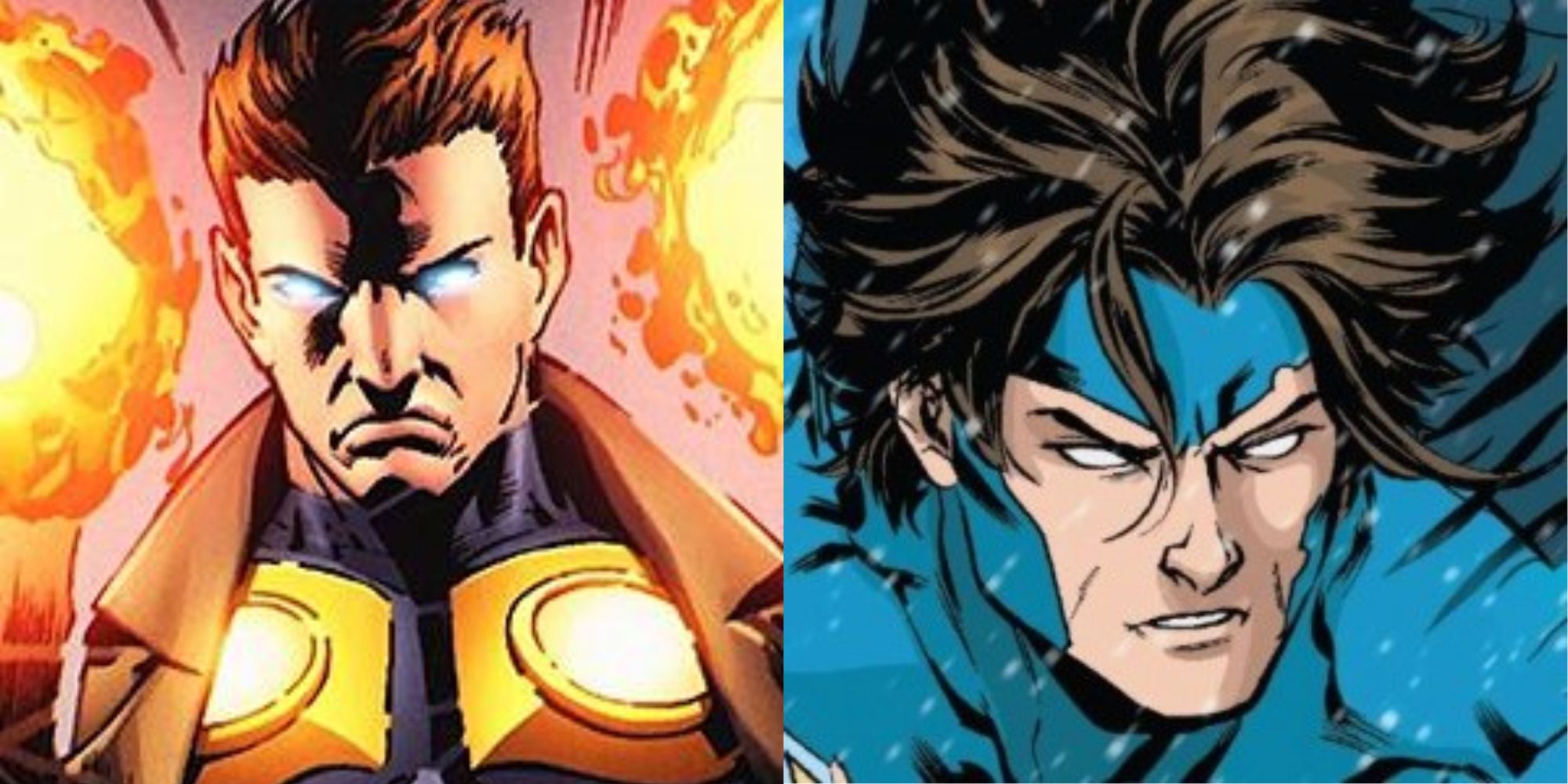
Another mutant member of the New Warriors is Vance Astrovik, aka Justice. He has quite an unexpectedly complicated backstory, which predates his introduction in 1975 by seven years. In 1968, Vance Astrovik was introduced as an original member of the Guardians of the Galaxy using the moniker Major Victory. He was an astronaut who was on a mission that took him a millennium into the future. He eventually traveled back in time and visited his younger self, not only catalyzing the manifestation of his telekinetic mutant abilities but also inspiring him to become a hero on Earth.
Manifold (Eden Fesi)
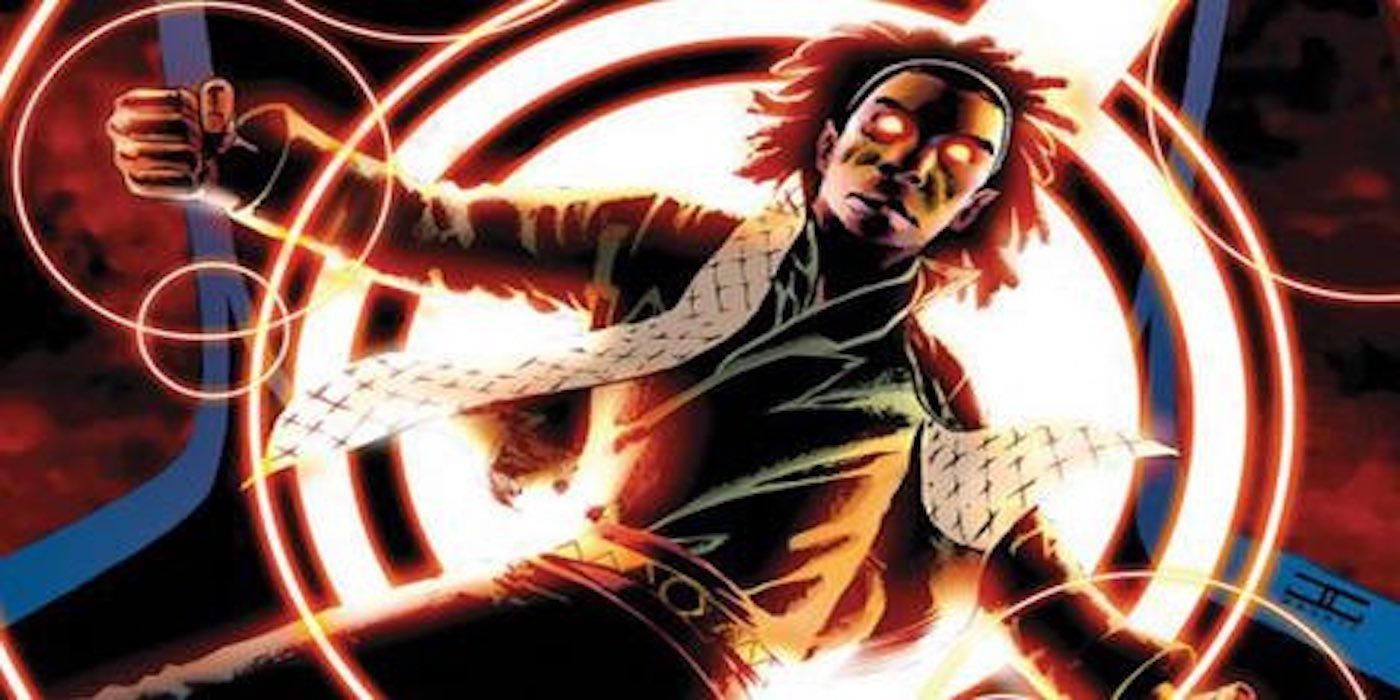
While it’s been effectively relegated to another, yet still related continuity, Agents of S.H.I.E.L.D. adapted several prominent and popular storylines from the comics, including the establishment of the Secret Warriors. In Agents of S.H.I.E.L.D., they were solely made up of Inhumans, as mutants weren’t yet on the playing field for the MCU. Therefore, they couldn’t use one of the best and most important Secret Warriors, a mutant named Eden Fesi, aka Manifold. He can bend reality, though far less chaotically than Scarlet Witch, to create teleportation portals.
The Great Lakes Avengers
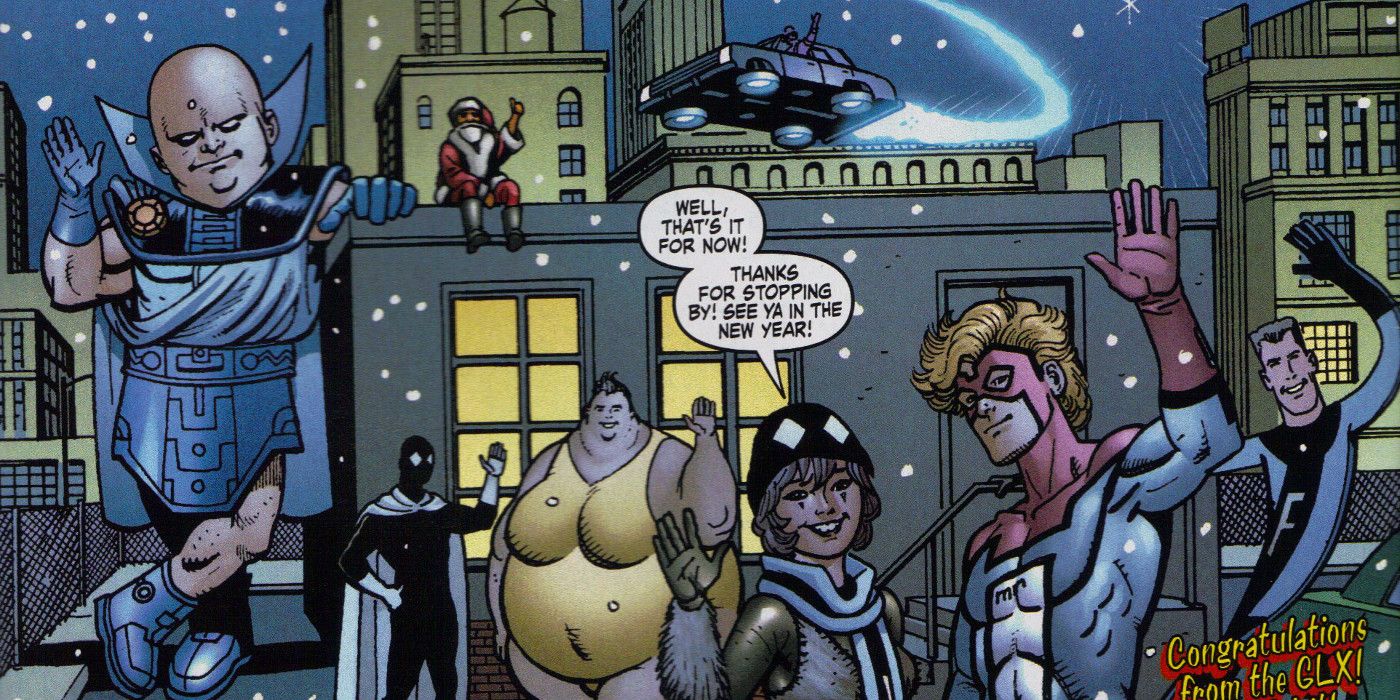
This team was introduced in West Coast Avengers in 1989, and then they called themselves the Great Lakes X-Men for a time, again with no official relation to the actual X-Men. The whole team would be great additions in the MCU’s Phase Five or beyond, for while they’re relatively obscure, they’re highly entertaining.
The Great Lakes Avengers are primarily made of mutants in addition to Mr. Fantastic, who is evolutionarily one step beyond normal mutants. Big Bertha grows in size and strength, Doorman can tap into Darkforce like Darkstar to teleport and phase matter, and Flatman can stretch his body like Mr. Fantastic. The beloved and unbeatable Squirrel Girl is also a prominent member, and she was once thought to be a mutant like the rest, but that’s been since retconned otherwise.
Meggan

Unfortunately, many mutants deal with tragic upbringings as their mysterious powers are difficult to understand. In Meggan’s case, her strange metamorphic powers had people label her a monster at a young age. She eventually developed even more powers including the ability to mimic other peoples’ abilities, super strength, flight, elemental magic, and empathy, so she is an incredibly powerful being in the comics.
Selene Gallio
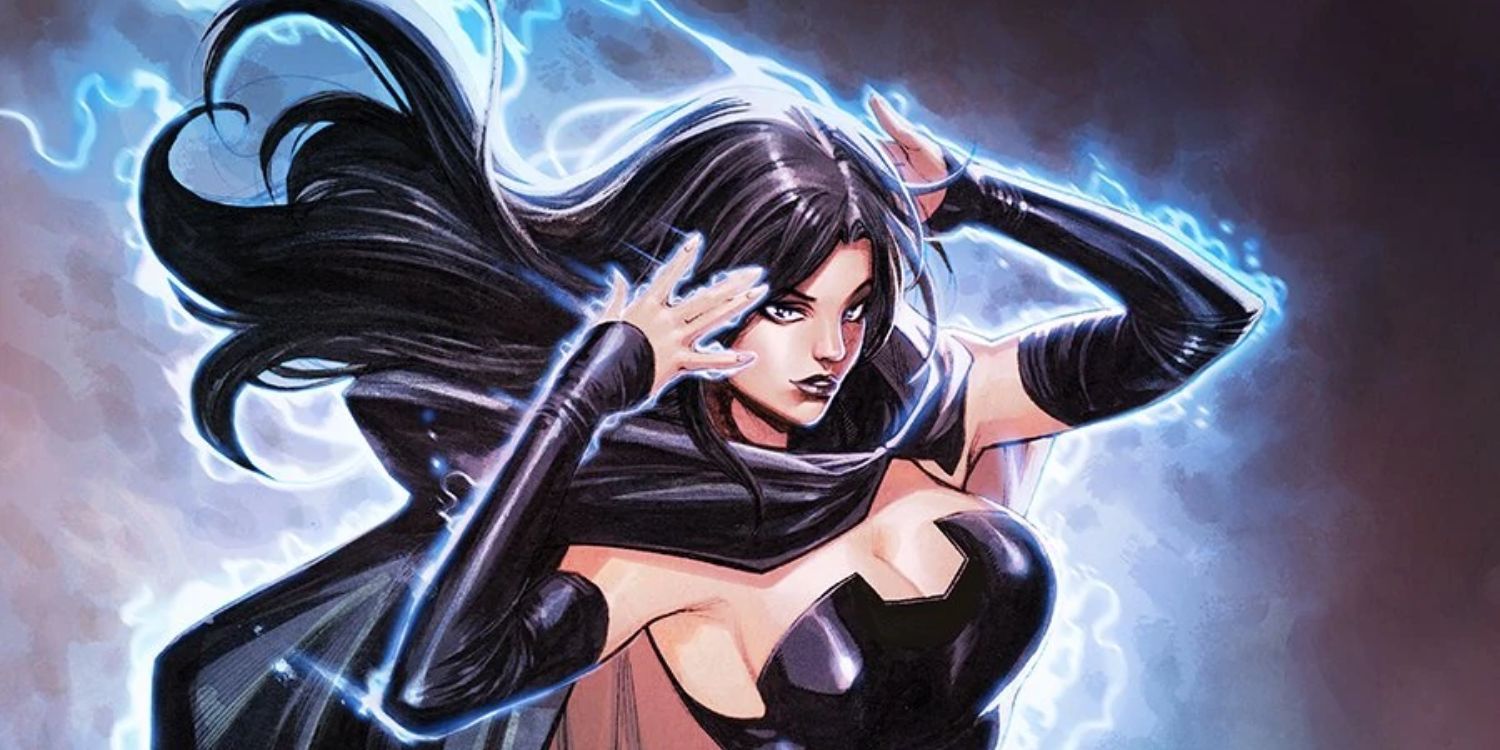
Many mutant villains have been part of the X-Men in some way. One who hasn’t is Selena Gallio, but she would be a fantastic supernatural villain for the MCU, especially since she was drastically underutilized in Dark Phoenix. She is best connected with the Hellfire Club and thus Emma Frost, and would be a great antagonist for the X-Men when they do arrive.
Maverick (David North)
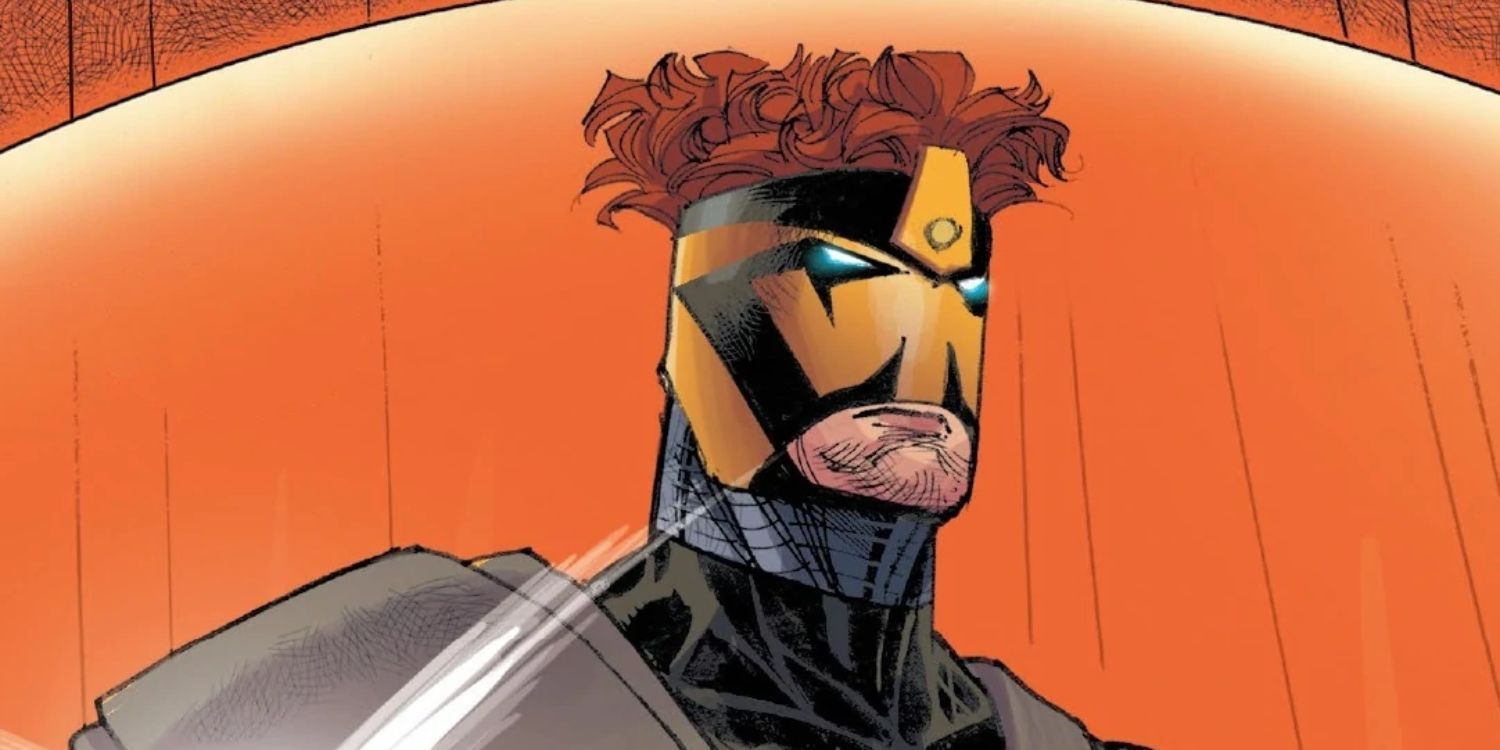
Fans were utterly surprised by the announcement that Hugh Jackman is returning in Deadpool 3 as Wolverine after an outstanding last hurrah in Logan. Whether he’s truly here to stay or it’s a one-and-done gig, it has fans very excited to see what the Adamantium-clawed hero will be like in the MCU. It will be interesting to consider how they’ll approach his origins — if the MCU will retell them as they are in the comics, or count on collective knowledge as they had for Spider-Man. Regardless, hopefully they do delve into the Weapon X Program and thus incorporate a character like David North, aka Maverick.
Asp (Cleo Nefertiti)

Before Captain America: Civil War was announced, Kevin Feige jokingly teased the film as Captain America: Serpent Society, clearly referencing the snake-themed collective of villains and anti-heroes who are most often at odds with Captain America. While that was a joke, there still could be a future for such a group in the MCU, or at least select members such as Asp.
Her mutant genes manifested and gave her venom-bolts, bolts of paralyzing bioelectricity somewhat similar to those of Spider-Woman and Miles Morales. Asp is a major member of the Serpent Society, but she did leave with fellow members, Diamondback and Black Mamba to create the BAD Girls, Inc., which had often worked with Captain America rather than against him. Perhaps that’s something that could occur as part of Sam Wilson’s time as Captain America.





